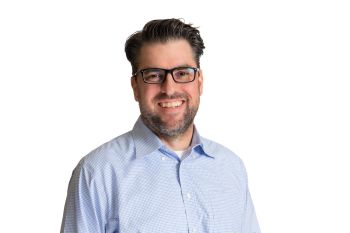Paper on Circular Economy by Ashton and ID Colleagues Is Published in Resources, Conservation and Recycling

Stuart Associate Professor of Environmental Management and Sustainability Weslynne Ashton has collaborated with IIT Institute of Design (ID) Associate Professor Carlos Teixeira and Adjunct Professor Andre Nogueira to co-author a paper that has been published in Resources, Conservation and Recycling.
In their article, titled “Expanding Perceptions of the Circular Economy through Design: Eight Capitals as Innovation Lenses,” they integrate systems thinking approaches, design methods, and a community capitals framework to provide new insights and pathways for transitioning to the circular economy.
The group’s research expands the scope of the dynamics of the circular economy beyond natural, manufactured, and financial capital to include other types of capital—such as human, social, political, cultural, and digital—that are often ignored, according to Ashton. The aim is to create a more restorative and regenerative economy, so that material and social resources are used more effectively, provide more value to a range of stakeholders, and increase conservation of the planet’s resource base.
Ashton, Teixeira, and Nogueira have applied their innovation lenses framework to complex socio-ecological challenges in their ongoing collaborations with partners Plant Chicago, the Chicago Food Policy Action Council, and the Calumet Collaborative, and present those projects in the article as case studies of their research methodology.
A lot of the work of the circular economy is focused on material resources that can potentially be recycled, says Ashton, but this paper argues that by applying new lenses and frameworks, the circular economy can be used to do much more to benefit companies, society, and ecosystems.
“The traditional model is that [companies] create value and try to capture as much of that value as possible, but the way the value is measured is in terms of financial benefits or profits,” she notes. “In the last 15 or 20 years, with corporate social responsibility and philanthropy, there’s been a broadening of thinking. The framework we’re developing is really trying to articulate the different types of value that are created and shared with different sets of stakeholders.”
“There are opportunities to regenerate and restore the value of human, cultural, and social capital on which all human organizations rely,” Ashton says. “The key point is thinking more broadly about the types of resources that we use and how we can regenerate them.”




